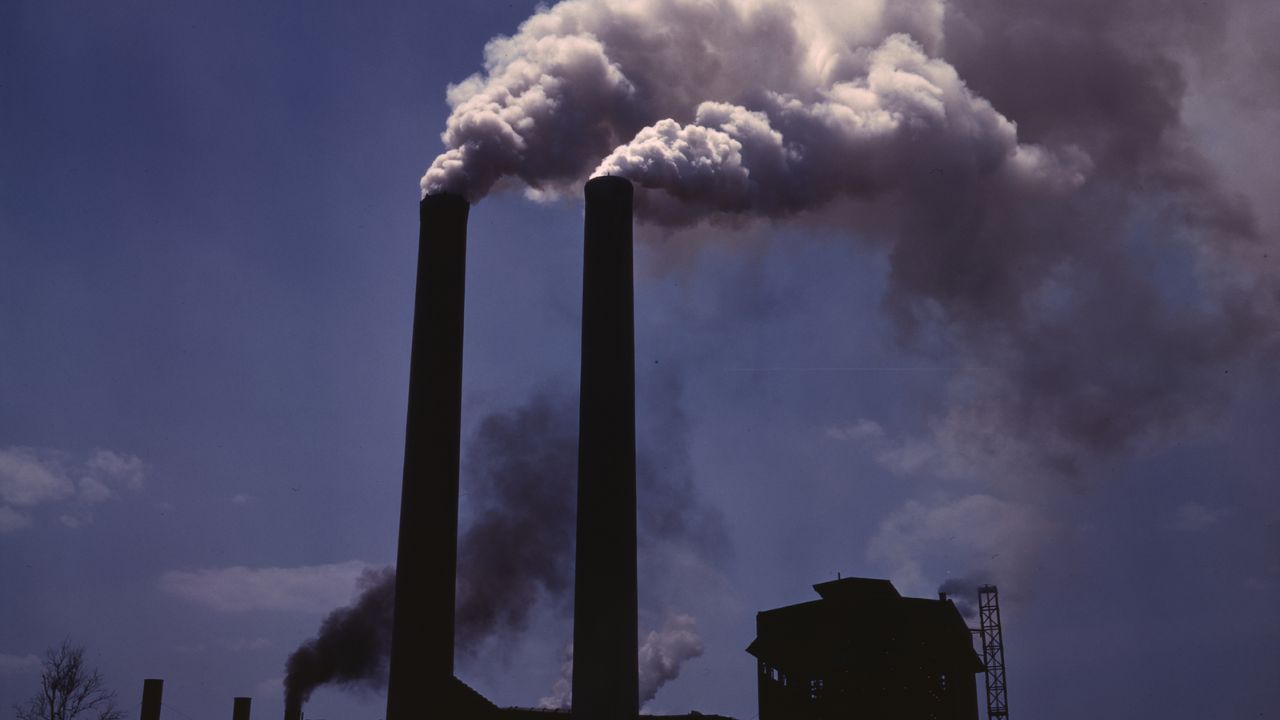A recent report by Moody’s raised concerns with climate change risks posing a $106 billion threat to African banks.
From the report, some African banks are still financing companies with a high risk to carbon emission risks, despite growing calls to address climate change.
Furthermore, these companies are mostly in the mining, oil, and gas sectors, with a combined loan portfolio of around $106 billion, representing 22% of the total loan portfolio of these banks.
This is a cause for concern with the continent’s vulnerability to climate change, leading to the worst drought in decades, with over 22 million people facing severe hunger.
In addition, Moody’s report highlighted that African banks are more exposed to governance and environmental risks than their global peers and that their risk exposure to climate change and carbon transition is intense.
For instance, thirteen banks across Nigeria and Angola are high-risk, with the former having a loan book worth $51 billion, or 51%.
In contrast, lenders in South Africa and Morocco have lower credit risks. In South Africa, carbon-intensive lending accounts for 19%, equivalent to $51 billion, while in Morocco, carbon-intensive loans account for 19% of the total loan book, equivalent to $16 billion.
Taming Climate Change Risks
However, there are some positive developments, such as the Kenya Commercial Bank Group’s (KCB) commitment to cut its carbon footprint by screening $2.6 billion worth of loans for social and environmental risks, and increasing its green portfolio to promote sustainable finance.
Noteworthy, KCB plans to translate a quarter of its total loan portfolio to green finance by 2025. In addition, Moody’s notes that leading South African banks have introduced sustainability and climate-related objectives, including measurable targets that support the transformation of the energy sector.
Overall, while there are still concerns about Africa’s climate change risks, concerted efforts by the African Union and other global leaders are lowering the risks.
Moody’s revised its risk estimate from $218 billion to $106 billion, a decrease of $112 billion, due to ongoing efforts to address climate change and the pressing drought on the continent.


